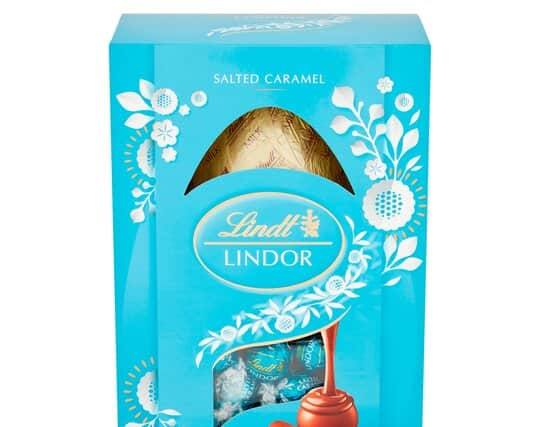Taste test: we review the best and worst supermarket Easter Eggs for 2022
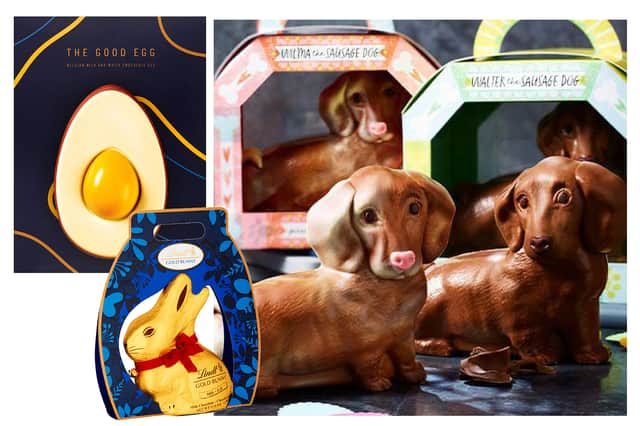

This article contains affiliate links. We may earn a small commission on items purchased through this article, but that does not affect our editorial judgement.
It’s easy to be cynical about the prospect of chocolate Easter Eggs - after all, in many parts of the UK they hit the shelves in January. Barely have we recovered from having our wallets emptied by Christmas and here comes another pagan-cum-Christian holiday whose raison d’etre seems to be forcing us to part with our money.
We understand: capitalism has much to answer for. However, as a counter-argument, may we put forth that everything seems a little less concerning with a mouthful of chocolate? And also, if you review the history of Easter Eggs, it’s so storied and, well, silly, that scoffing them on Easter Sunday seems positively reasonable by comparison.
Why do we eat chocolate Easter Eggs at Easter?
The tradition of giving people eggs has pagan roots, as centuries ago people gifted (chicken) eggs to each other to celebrate the beginning of spring.
The delicate oval represented fertility, rebirth and new beginnings in celebration of the spring equinox for centuries, before being absorbed and adapted to fit into the Christian tradition. There, the gifting of eggs transmogrified to symbolise Jesus’ return to life - the Resurrection - after three days of death, crucified by the Roman Empire.
Come medieval times, eating eggs was forbidden for Lent (the 40 days before Easter. Lent marks the 40 days Jesus spent ahead of his crucifixion wondering the desert, feeling quite upset about being the son of god and knowing he had to sacrifice himself to save mankind), as part of the abstinence Christians practised ahead of Easter.
When Easter Sunday came, then, and eggs were exchanged, they were not only considered a symbol of new life, Jesus’ return, but also, for the recipient, they were enjoyed as a long-missed delicacy.
Eggs were gifted to the Church on Good Friday, and villagers would also gift eggs to the lord of their local manor (trickle-up economics? See, a silly history indeed).
As we moved into the Victorian era, eggs had morphed into hollow cardboard ovals, decorated in different fashions, stuffed with Easter gifts and - mmmm, chocolate. The ritziest example of this are the bejewelled Fabergé eggs gifted to the Czar and Czarina of Russia – now worth millions of pounds.
At this time, people in France and Germany started to gift chocolate Eggs, though the chocolate-making process at this time lacked refinement: the eggs produced were solid, bitter, and dark.
In 1875, Swiss chocolatier Daniel Peter changed the ballgame by inventing milk chocolate, and the silky, delicious, sweet Easter confectionary we adore become an annual staple.
And what a staple - according to GWD, the UK purchases £299 million worth of Easter chocolate each year - that’s 90 million eggs. Indeed, it translates to around 8000 calories per child consumed in a single week.
(Mercifully they didn’t record the excess calories consumed by adults at this time).
Thanks for that, but which are the best Easter Eggs?
Potted (or scrambled) history aside, let us get to the 2022 eggs. It’s a crowded chocolate market out there, so before you cram anything into your maw, it’s worth knowing the choccy in hand is worth your cash - and the calories.
We’ve hit up the most prominent UK supermarkets for their own-brand or store exclusive eggs, eaten them - and somehow emerged, mouths smeared and bellies full - to write about it.
Reporting by Aimee Stanton, Harriet Clugston, Rhona Shennan, Rosalind Erskine, Helen Johnson
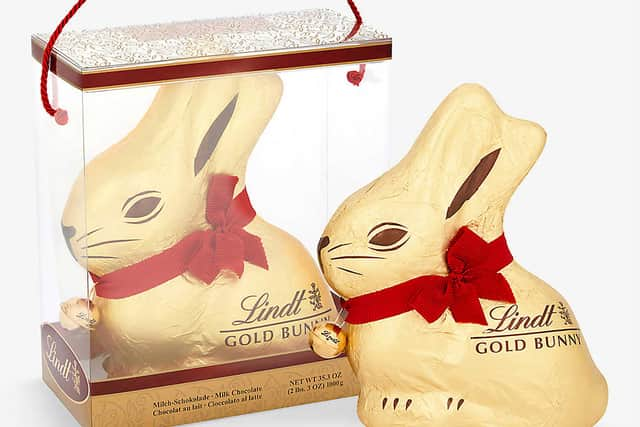

We happen to be of the philosophy that no Easter is complete without a Lindt bunny to enjoy, and this is the ultimate incarnation - a hefty kilo of the iconic chocolate.
If you’re lucky enough to be familiar with Lindt, you’ll know it takes smooth and creamy to the next level, with a decadent mouthfeel, and a perfectly pitched sweetness - never too cloying.
This big, big bunny may be a (slight) wrench to whack into pieces, but the shards come out satisfyingly thick and chunky - a true religious experience.
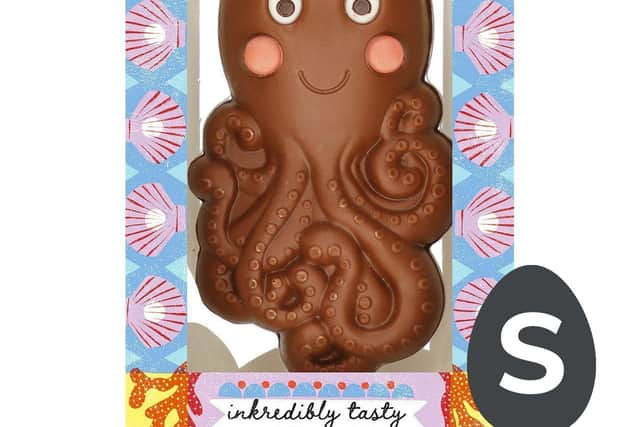

It seems perfectly logical to us that Easter confectionary has evolved to depict soft-bellied molluscs.
This cute character is sure to appeal to big and small kids this Easter. Made with ‘extra creamy’ milk chocolate, Inky has intricate features.
When it comes to the chocolate, it’s smooth and quite sweet - more so than you may expect but as this is aimed at children, it works.
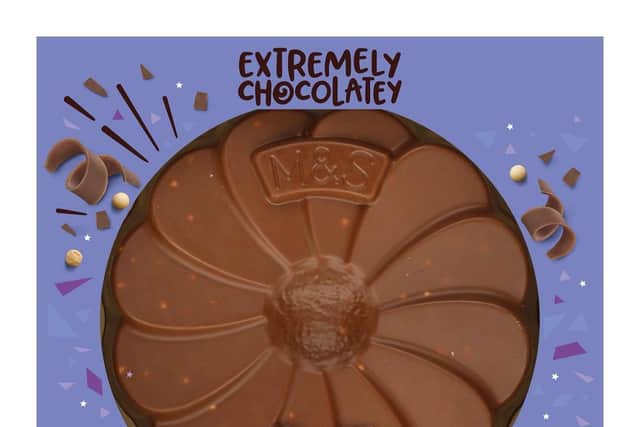

If you love a chocolate biscuit then this egg is ideal. Based on the M&S chunky chocolate biscuits, this extremely chocolatey biscuity egg does exactly what it says (on the biscuit tin).
The creamy milk chocolate, shaped like a giant - you guessed it -biscuit, is studded with crunchy (yep!) biscuit pieces for texture. This egg is great with a cup of tea.
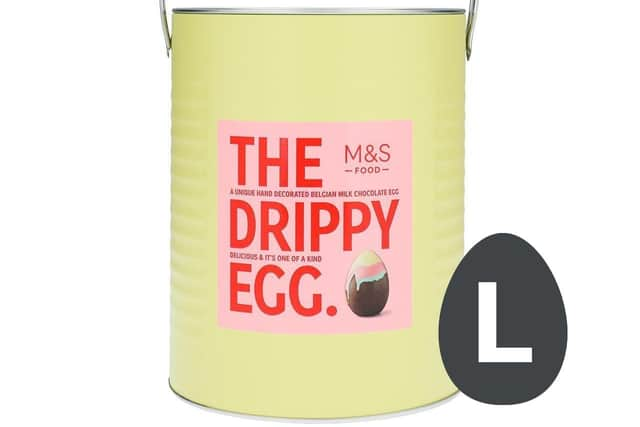

This egg comes in its own paint tin, and looks very appealing - as if it has been dipped in pastel paints.
The Belgian chocolate is smooth and moreish but the colourful drips are very sweet, which takes away from the quality chocolate somewhat and may not appeal to all.
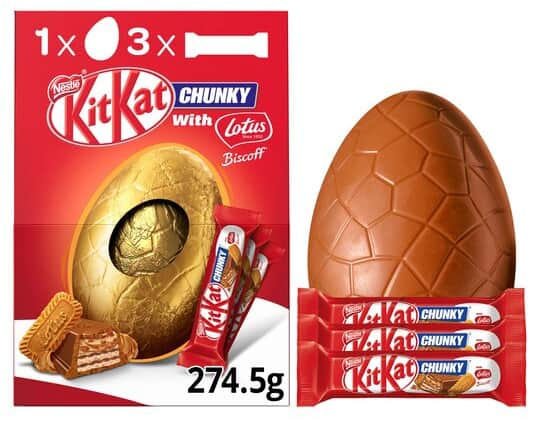

If you’re a fan of KitKat and Biscoff then this is the Easter egg for you. The box includes one Easter egg and three full-size Kit Kat Chunky Lotus Biscoff bars.
While the egg itself is just standard KitKat chocolate, it still delivers a rich and creamy taste, but it’s the individual Biscoff bars that are the real treat.
They combine the iconic chocolate and wafer duo of the classic KitKat with soft, gooey Biscoff and are a delight for the taste buds.
